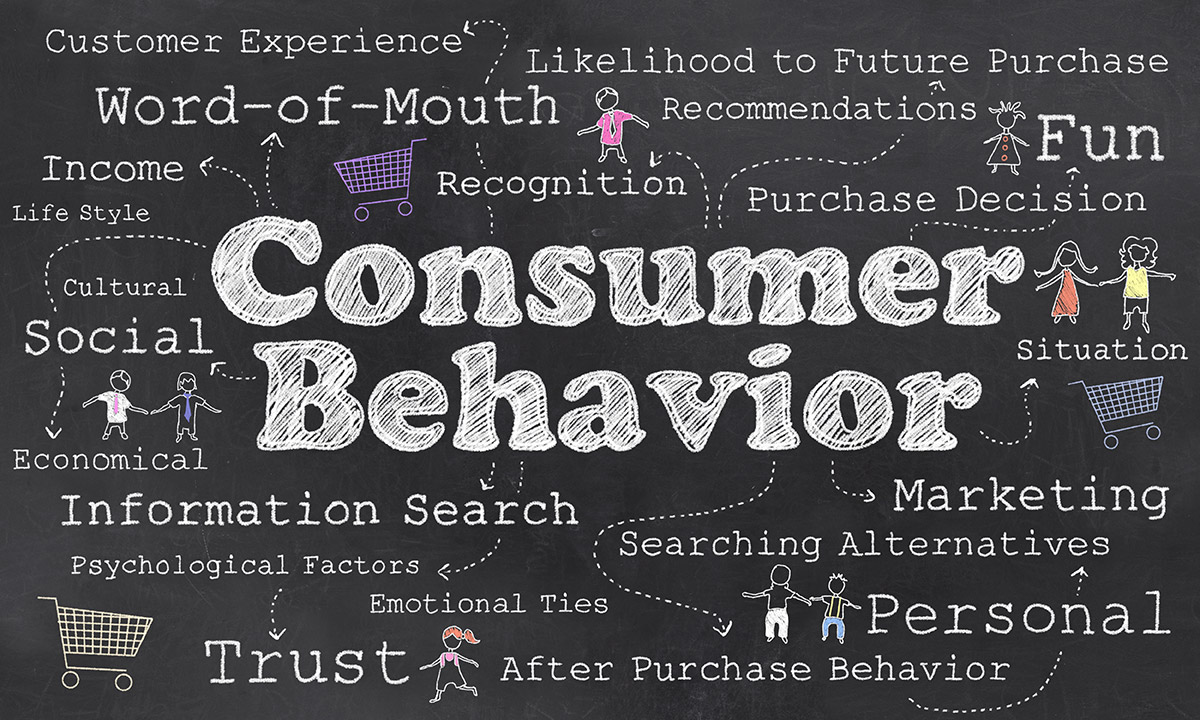The Power of Emotional Advertising: Understanding Consumer Behavior. Emotional advertising has been proven to be more effective than rational advertising in creating a connection with consumers. In this blog post, we’ll explore the science behind emotional advertisings and how it can be used to create compelling campaigns that resonate with consumers. We’ll also provide practical tips on how to create emotionally resonant ads and measure their impact.
Emotional Advertising Understanding Consumer Behavior
Emotional advertising has become a popular approach for businesses looking to create compelling ad campaigns that resonate with consumers. By tapping into consumers’ emotions, businesses can build a deeper connection with their target audience and increase the likelihood of engagement and conversion. In this blog post, we’ll explore the science behind emotional advertisings and how it can be use to create effective campaigns.
Understanding the Science of Emotional Advertising:
Studies have shown that emotional ads are more likely to be remembered and shared by consumers than rational ads. Emotions such as happiness, sadness, fear, and excitement can trigger the brain’s reward system, leading to greater engagement and motivation to take action. Emotionally charged ads also tend to be more memorable, as they create a stronger emotional association with the brand in the consumer’s mind.
Creating Emotionally Resonant Ads:
To create emotionally resonant ads, businesses need to understand their target audience and the emotions that drive their behavior. For example, a brand targeting parents may use nostalgia and family-oriented themes to trigger positive emotions and create a sense of connection with the brand. Similarly, a brand targeting adventure-seekers may use excitement and adrenaline-inducing imagery to create a sense of adventure and thrill. Additionally, the use of storytelling, relatable characters, and music can also enhance the emotional impact of ads.
Measuring the Impact of Emotional Advertising:
Measuring the impact of emotional advertising can be challenging, as emotions are subjective and difficult to quantify. However, businesses can track metrics such as engagement rates, social shares, and brand sentiment to determine the effectiveness of their campaigns. By analyzing these metrics, businesses can determine which emotions resonate most with their target audience and adjust their advertising strategies accordingly.
The Risks of Emotional Advertising:
While emotional advertising can be a powerful tool for businesses, it also presents risks. Emotionally charged ads can sometimes be controversial, and can potentially offend or alienate some consumers. Additionally, emotionally manipulative ads can damage the brand’s reputation and credibility. In this section, we’ll explore the potential risks of emotional advertisings and how businesses can mitigate them.
Conclusion:
Emotional advertising has become a powerful tool for businesses looking to create impactful ad campaigns that resonate with their target audience. By understanding the science behind emotionals advertising and implementing strategies to create emotionally resonant ads. Businesses can increase engagement, build brand loyalty, and ultimately drive sales. While measuring the impact of emotional advertisings can be challenging, by tracking key metrics. Businesses can gain valuable insights into the effectiveness of their campaigns and continue to refine their advertising strategies for maximum impact.




